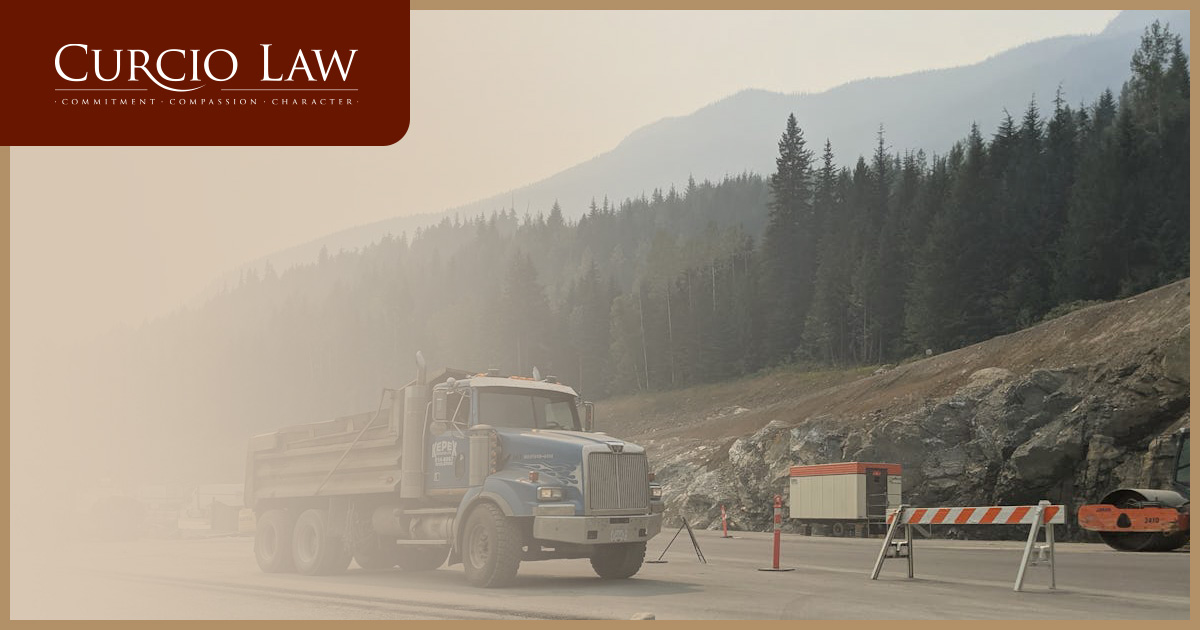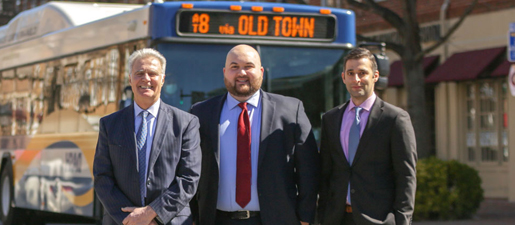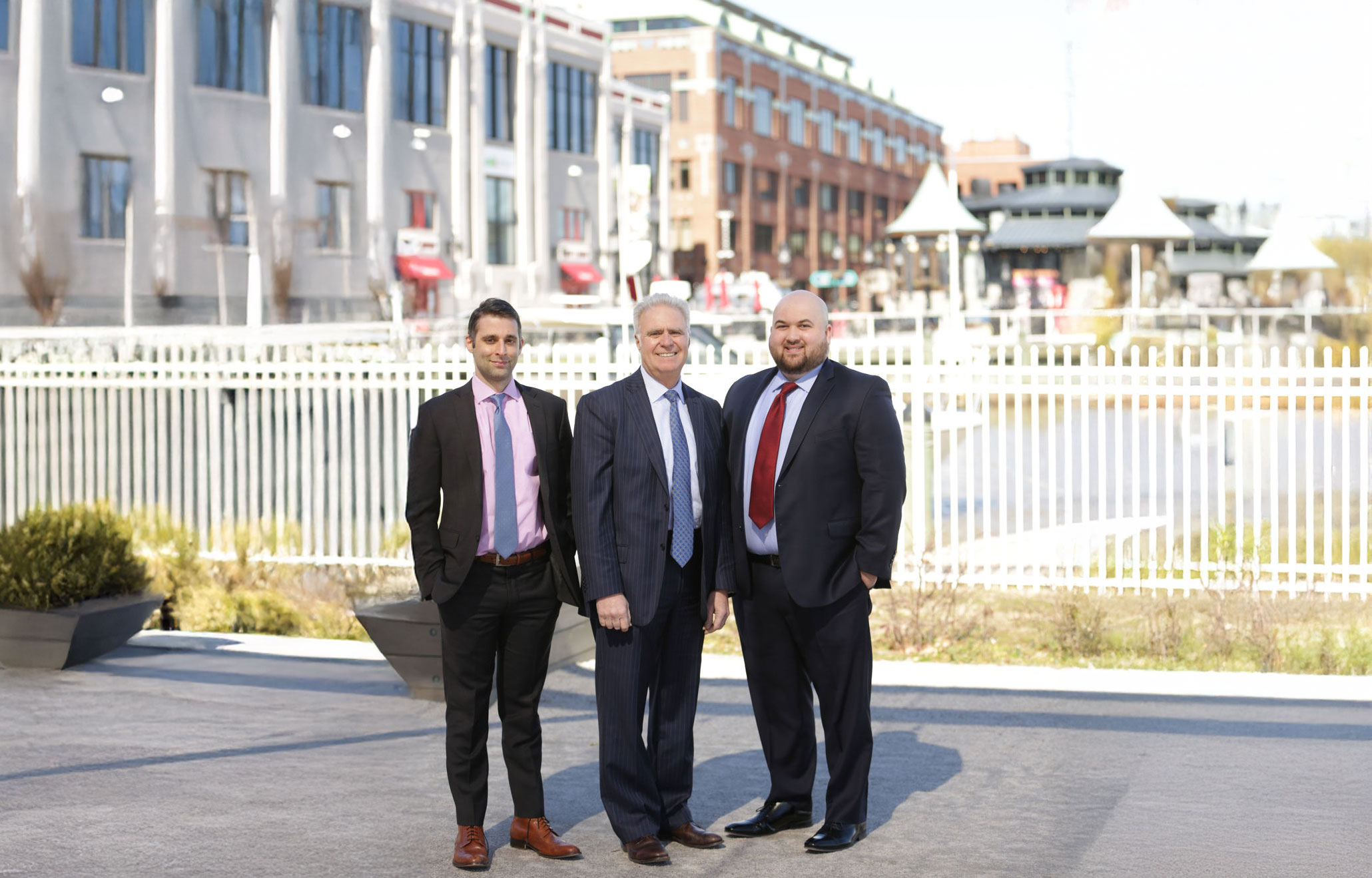
Work zones are an essential part of maintaining and improving roadways, but they can also pose unique hazards for drivers, construction crews, and pedestrians.
Among these risks, truck accidents stand out as a significant concern. Due to the massive size and weight of commercial trucks, crashes involving these vehicles can result in devastating injuries, fatalities, and extensive property damage.
Understanding how common truck accidents in work zones are, and the factors that contribute to these incidents is critical for developing effective safety strategies.
Truck Accidents in Work Zones
Truck accidents are alarmingly common in work zones. According to data from the Federal Highway Administration (FHWA), almost 30% of all work zone crashes involve large trucks, resulting in more than 18,000 injuries and 1,000 deaths in the last five years.
While trucks account for only a fraction of vehicles on the road, they represent a high percentage of fatalities in work zones. This disparity shows the unique challenges that can happen when trucks are driving through construction zones, where lane reductions, changing traffic patterns, and unexpected obstacles can create heightened risks for drivers.
Work zones are particularly hazardous because they often require sudden lane changes, reduced speeds, and the presence of workers and equipment close to flowing traffic. This can make it even harder to maneuver large trucks, which already require more stopping time and greater effort to maneuver in tight spaces.
The combination of these factors contributes to the high incidence of truck-related accidents in work zones.
Contributing Factors
Several factors contribute to the frequency of truck accidents in work zones. Driver error, including distracted or fatigued driving, remains a leading cause.
Truck drivers often face long hours on the road, and the demands of tight delivery schedules can lead to lapses in attention or decision-making. In work zones, where quick reactions are often required, such lapses can have catastrophic consequences.
Another major factor is that drivers may not be familiar with a work zone’s layout. These zones are typically meant to be temporary, so they can change frequently as projects progress.
When drivers are unprepared for changes, they may struggle to adapt to newly narrowed lanes, sudden stops, or unexpected detours. Truck drivers, who also have to deal with a larger turning radius and increased braking distance, will find these challenges amplified.
Speeding is another common issue. Despite posted speed limits in work zones being lower than in standard traffic areas, many drivers fail to adjust their speed correctly. Large trucks that are traveling at high speeds need significantly more distance to come to a complete stop. This only makes collisions more likely in work zones where traffic flow is often erratic.
Finally, inadequate signage and poor visibility can also be key factors in truck accidents. Often, work zones don’t clear warnings of upcoming changes, leaving drivers without enough time to react.
At night or during inclement weather, reduced visibility can further compound these risks, increasing the likelihood of accidents.
Human and Economic Impact
The consequences of truck accidents in work zones extend far beyond the immediate crash. For victims and their families, these collisions can lead to devastating physical injuries, emotional trauma, and financial hardships.
The size and weight of commercial trucks mean that collisions often lead to severe outcomes, including permanent disabilities and fatalities.
For construction crews, the risks are equally dire. Workers in close proximity to moving vehicles are especially vulnerable, and collisions in work zones frequently result in injuries or deaths among construction workers.
The economic impact of these truck accidents is substantial. Along with the costs of medical bills, property damage, and legal fees, these crashes often lead to significant delays in construction projects and traffic flow. The resulting congestion can affect local economies and increase stress for drivers.
Prevention and Safety
Reducing how often truck accidents occur in work zones requires a multifaceted approach, which can include steps like:
- Enhanced education and training for truck drivers can play a critical role. By increasing awareness of the specific challenges posed by work zones and equipping drivers with strategies to navigate them safely, the risk of accidents can be lessened.
- Improved work zone design. It’s also critical to ensure that all signage is clear, consistent, and placed well in advance. This gives drivers, especially truck drivers, the additional time they may need to adjust for upcoming changes in roads and conditions. The use of advanced warning systems, like flashing lights or digital message boards, also enhances visibility and alertness.
- Enforcing speed limits and other traffic regulations is another key factor. Higher fees and increased penalties for work-zone violations, along with a visible presence of law enforcement or automated speed enforcement equipment, encourage compliance and can reduce the frequency of dangerous driving behaviors.
Work zone truck accidents are a nationwide issue, one that has a serious impact on public safety and infrastructure. We need more proactive measures, ones that address the unique challenges that truck drivers and other road users face in construction zones.
At Curcio Law, we believe that by prioritizing education, infrastructure improvements, and law enforcement, we can create safer work zones and protect the lives of drivers.
We also believe in the right to justice and fair compensation for those who’ve suffered injuries due to these accidents.

